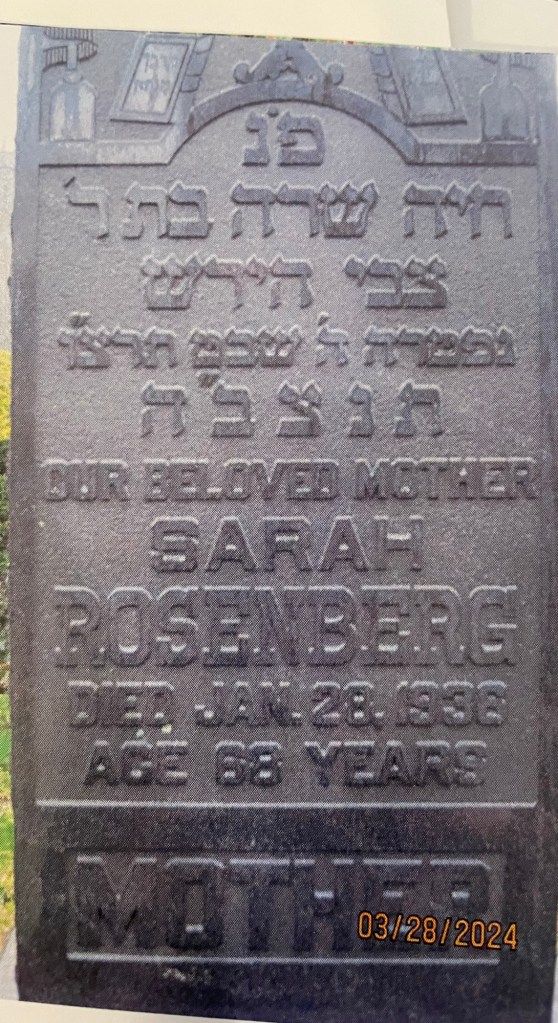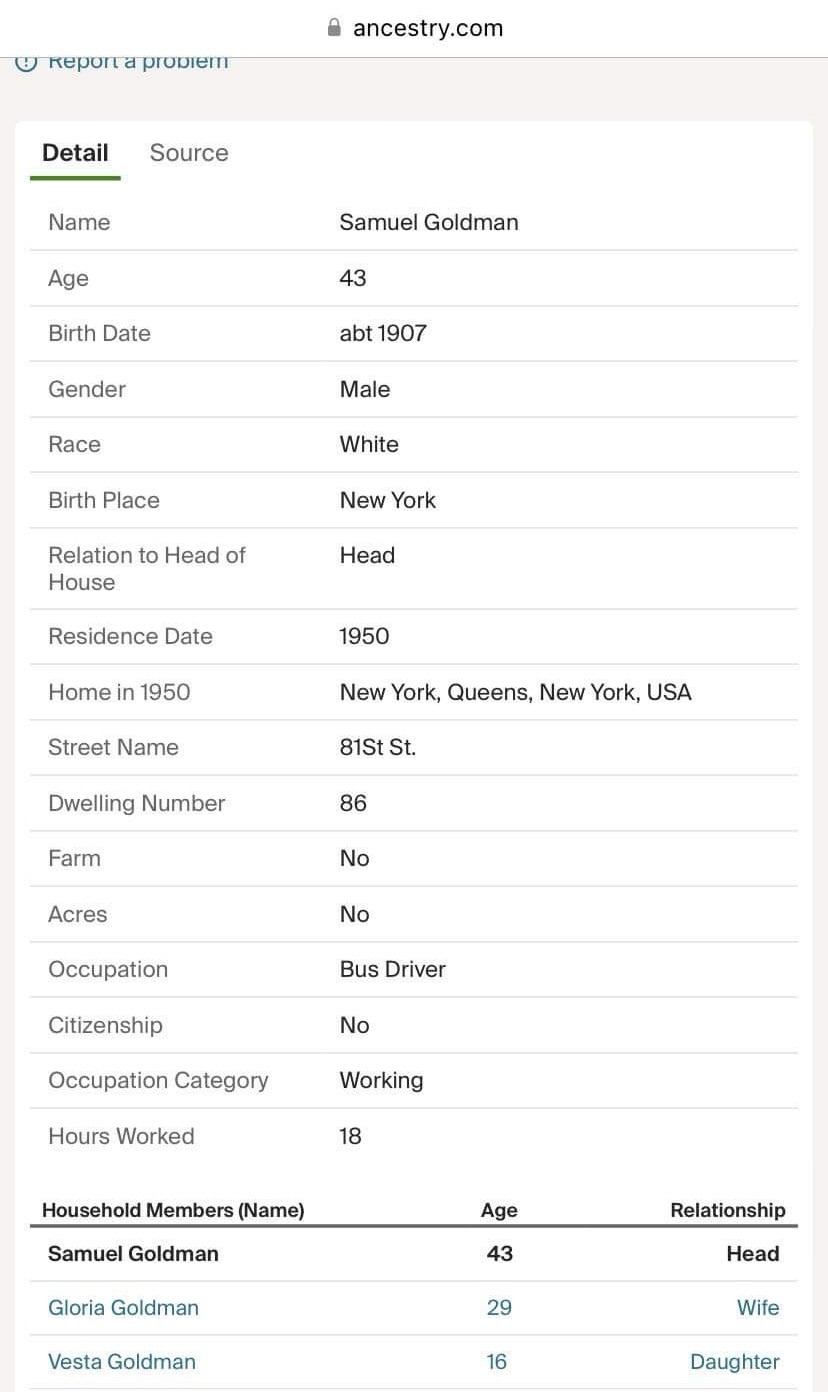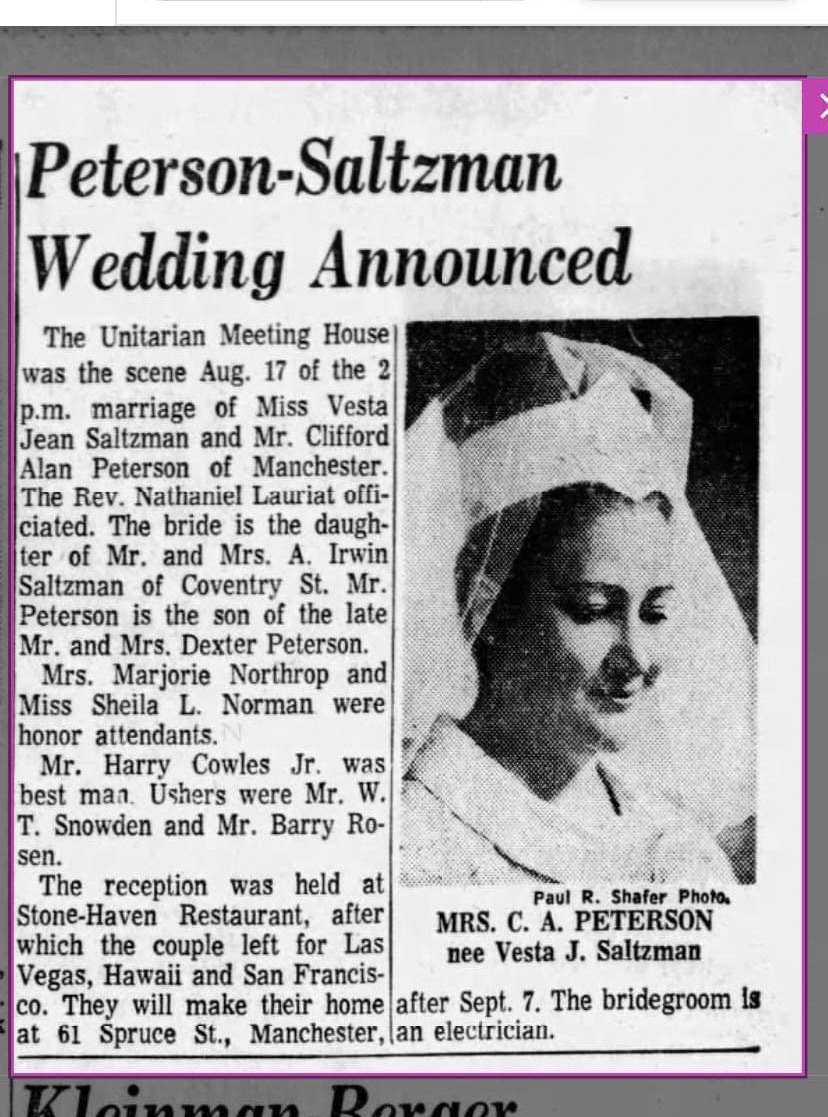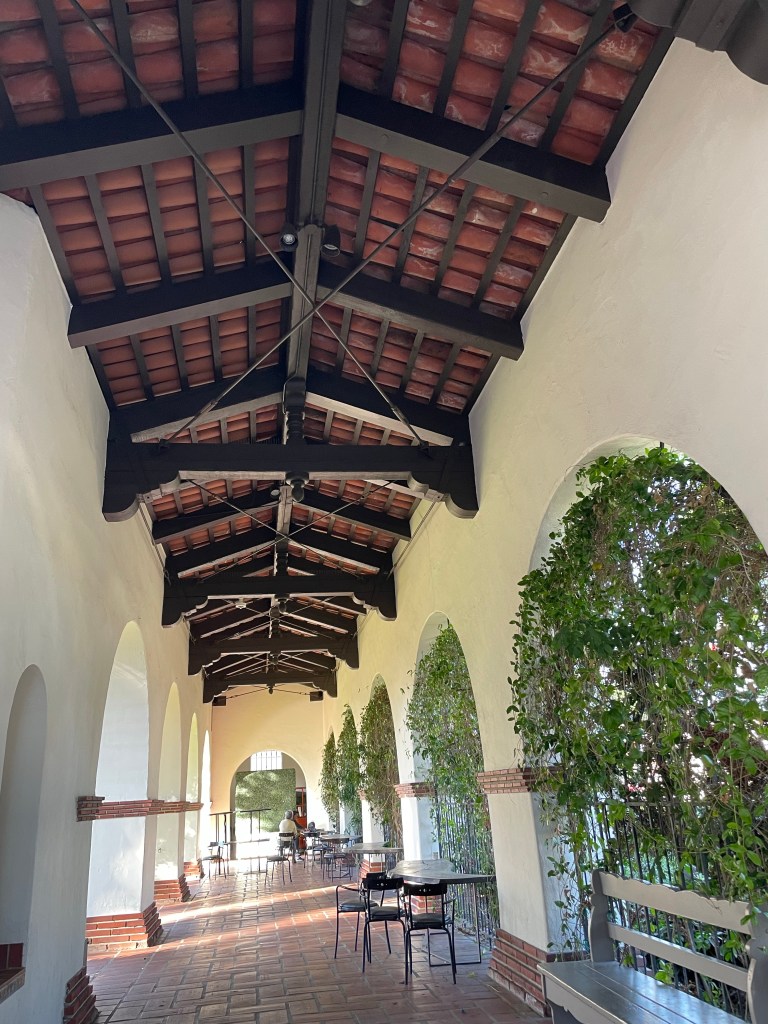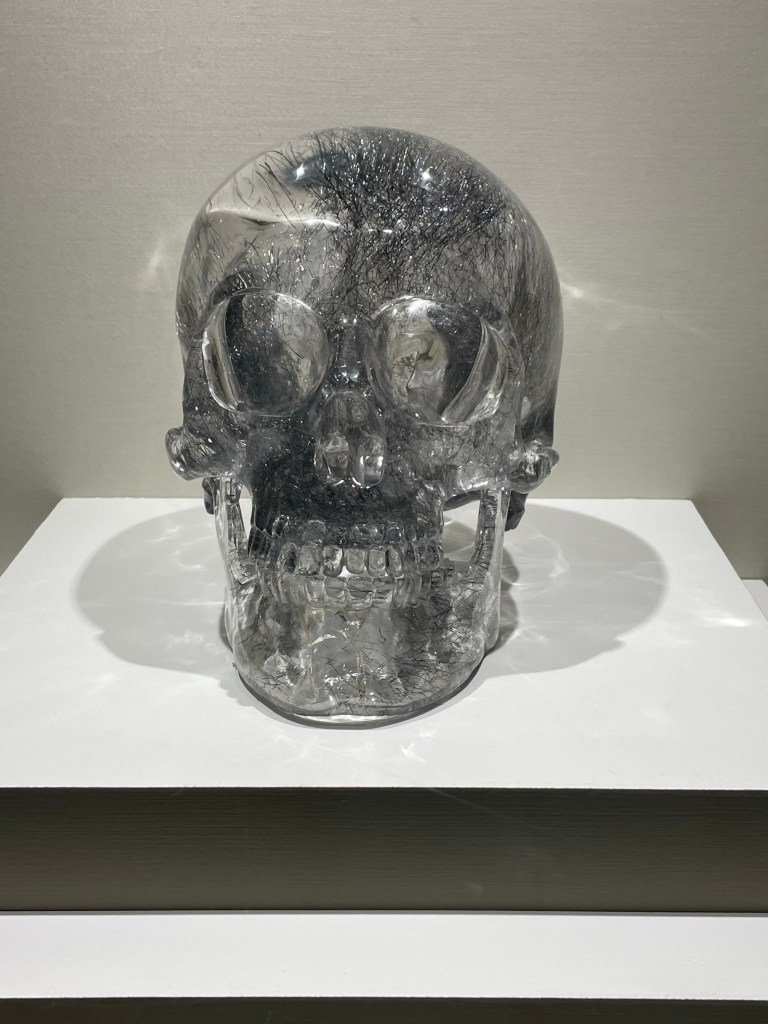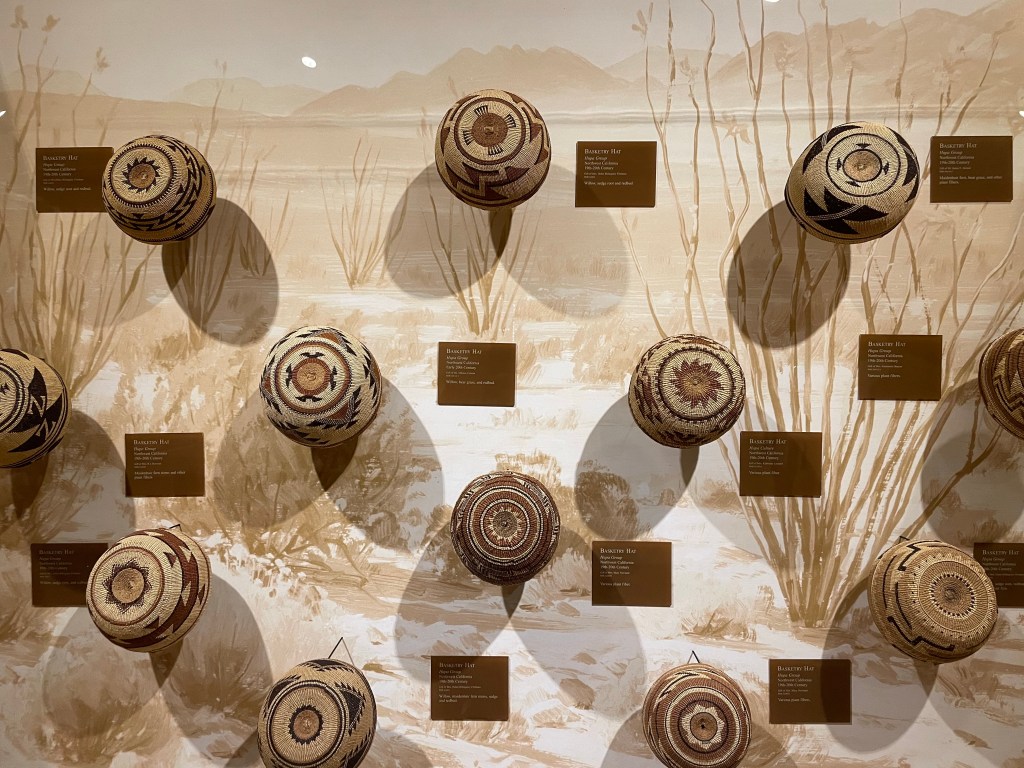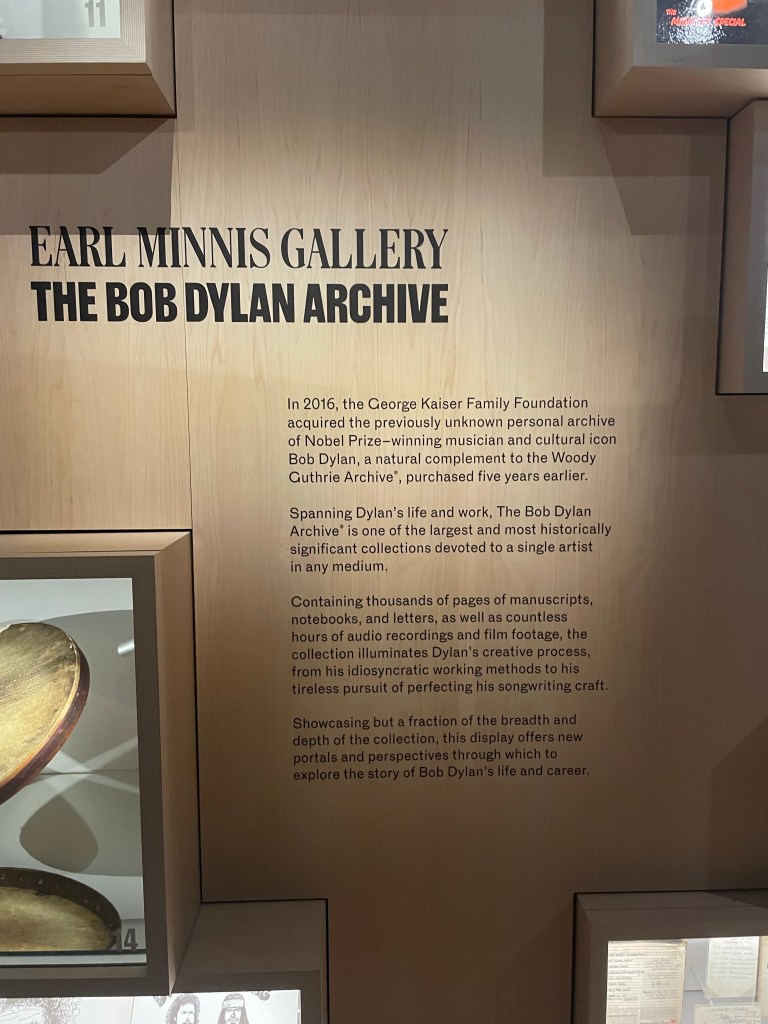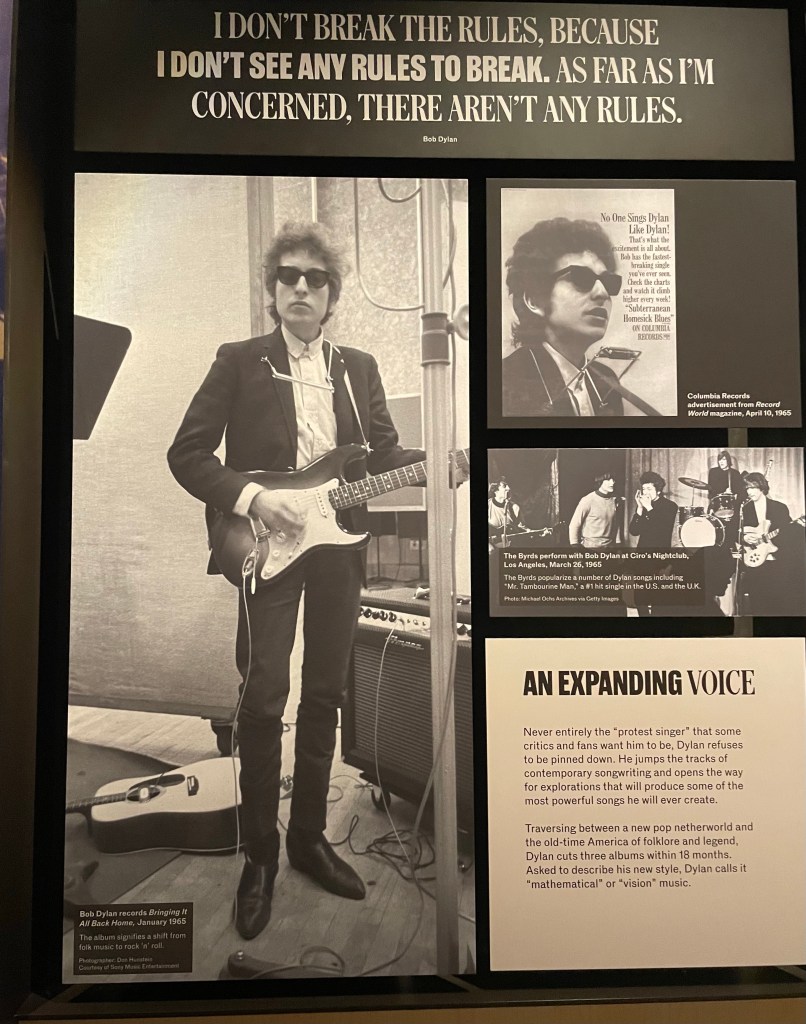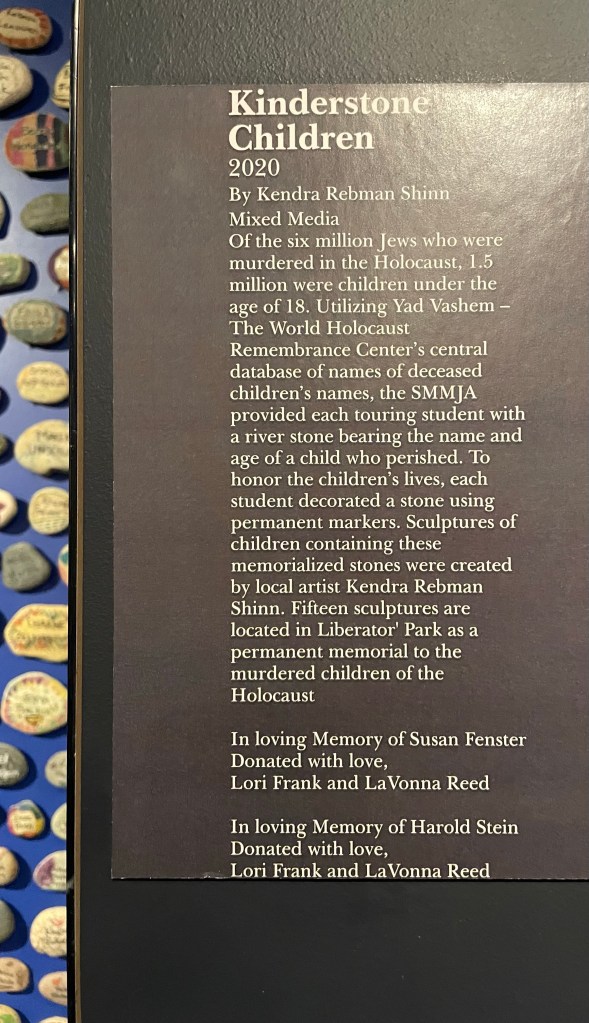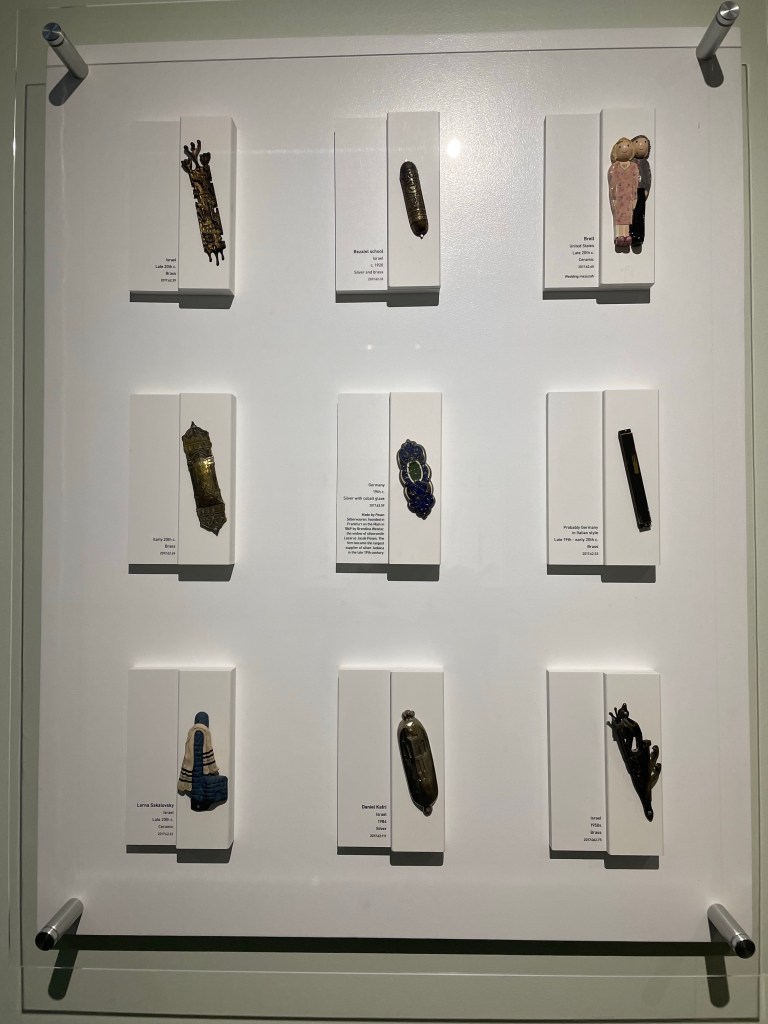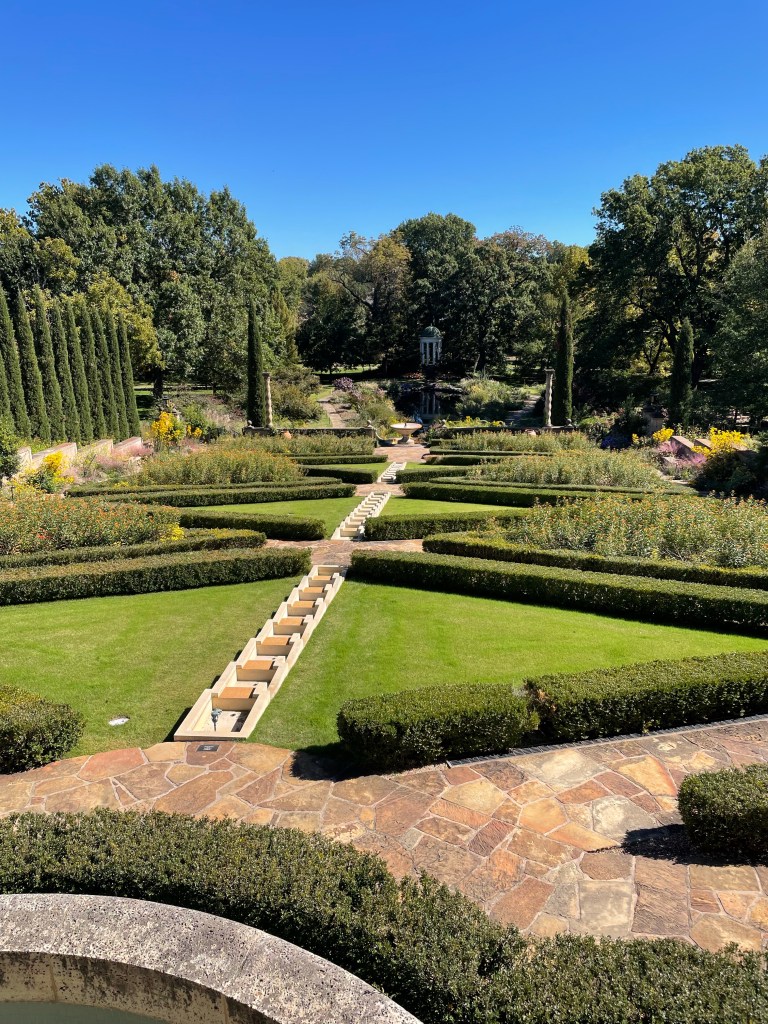When I started my genealogy research, I did my research and wrote my blogs just for my siblings and immediate family. Over time, I included my cousins on my blog posts. And then it just snowballed. I realized that by posting them on Facebook, specifically on Tracing the Tribe group, I might connect with other more distant relatives. And it happened. I have had people help me with my research who are not related. I am in touch with distant cousins including Evan, who has been an immense help in making connections. I have met some of these cousins in person. And my understanding of my family increases with each new contact.
This blog is different. In this instance, I discovered that the information I had from speaking with my grandmother years ago helped solve the family mystery of a women who is actually my third cousin, our grandmother’s were first cousins.
It started with an email from Evan. (He really does a great job keeping in touch with all the cousins) He connected me with a distant cousin named Sherry, the granddaughter of a woman named Esther who was born about 1897/1898. He said she was part of my branch of the family and thought I could help. I could.
A number of years ago, I wrote a blog about my grandmother entitled “Too Many Esthers” (see blog below) and “Updated Esther “(see blog below). My Grandma Esther was one of 5 or 6 first cousins all named for their maternal grandmother, all named Esther, all born around the same time. All were given nicknames. My grandmother was known as Curly Esther.
Sherry wrote back to Evan and me: (She has given me permission to write this blog, I have edited her emails for privacy and brevity.). “Thank you for contacting me! I had trouble with my grandmother, and who her parents truly were. There were so many unanswered questions and there are no living family members in my close family that know anything more than I do. I got pretty frustrated and sort of put it on the back burner. I would be really interested in what you found out!”
I immediately responded: “It’s nice to be reconnected. I am the granddaughter of another Esther born in 1898. I have been researching the family for years. In late 1970s I sat down with my Grandma and got the names of all of her mother’s siblings. The children of Elka/Esther Lew and Victor/Avigdor Wolf. Here are two of my blogs that will lead back to some of my research and introduce you to the family. The attached photo is our great great grandparents Esther and Victor Wolf(f).
Actually, I knew immediately who her grandmother had to be, which is why I sent her the blogs about the Esthers. There was one cousin known as Meshugannah Esther. Her mother Chamka came to the USA pregnant with three children. Her husband had passed away before she came. After their daughter, Esther, was born and weaned, she was given to a different sister, Sarah, who could not have children, to raise as her own. To make things more confusing, Chamka was known as Anna in the USA, but her Hebrew name was Nechama. Her family called her only Chamka/Chamky.
I must say I was truly happy to receive a reply from Sherry. Her response filled me with joy to know that my research and pictures helped her. Here is an edited version of her response.
“Wow! I am so overwhelmed and thrilled with this connection. I was getting so frustrated with trying to figure out my grandmother’s story and had no one to ask.
I did hear that “grandma didn’t find out until the day she was engaged that her aunt was her mother and her mother was her aunt”. So I knew that there was information that I was missing in order to fill in the blanks.
“Meshuganah Esther moved in with my family when I was 10 years old. We lived next door to Aunt Lenore and her family. Grandma was married 5 times! She felt she needed to do that in order for her to care for her children. My grandmother passed in June of 1993.
“Ellen, you spoke of the cousins’ club meetings. I remember them although I think I spent most of the time hiding behind my mother’s skirt…
“I actually gasped out loud when I opened the picture of Esther and Victor Wolf. I have that picture and I had no idea who they were.
Thank you, dear cousins. This is a gift.”

My initial response to this was just as excited. I was elated that I could help.
“I am so glad that you were able to make connections about the family through my blogs. I am so glad that you have that photo as well, and now know who it is. It is amazing to have photos of great grandparents, but great great grandparents is really special.
“Did you see the picture of Chamka and Lenore? I am not sure which blog it is in.
I can understand a bit why she wasn’t told which sister was her mother. But I am sure it was a big shock at the time. It was one of those open secrets that everyone knows but does not discuss.”

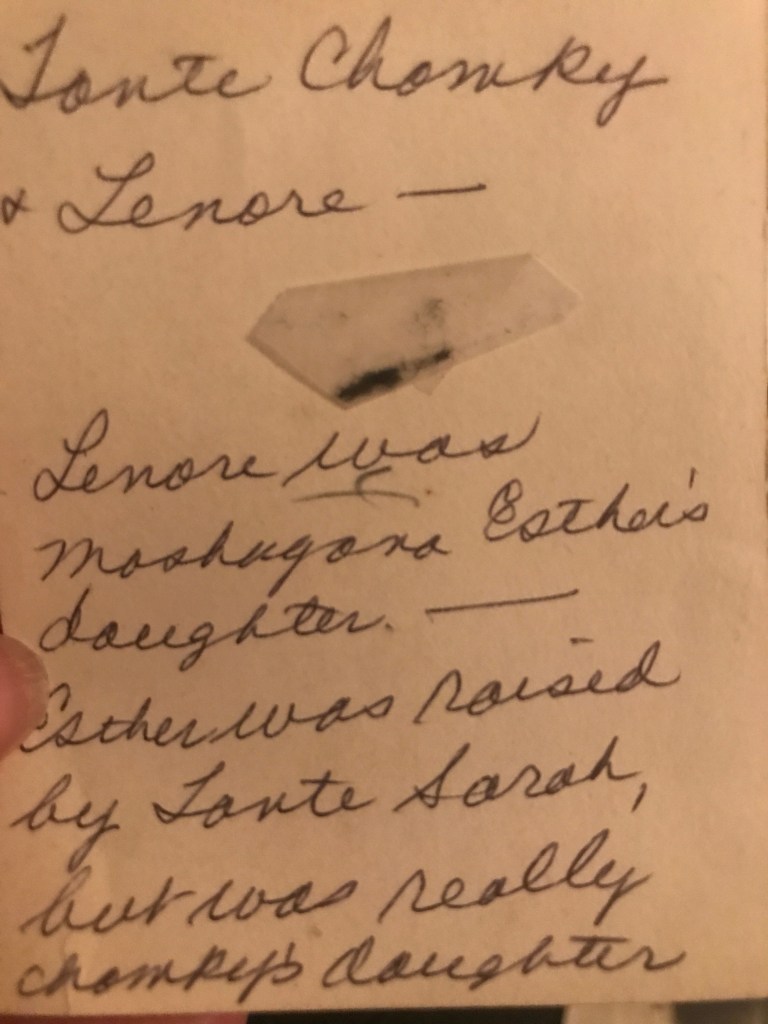
Since she did not have nor seen the photo of her great grandmother Chamka with her granddaughter Lenore, I sent her the photo and the information that was written on the back. “Tante Chamky and Lenore. Lenore was Meshuggana Esther’s daughter. Esther was raised by Tante Sarah, but was really Chamky’s daughter.”
I am currently looking for the photo so I can send her it for her family records.
Thanks to Tracing the Tribe, over the years, I have connected with a number of cousins. But this connection honestly made me immensely happy.



